DIY Sustainable Landscape Design Class a Hit for Homeowners
Heidi Varian (center right) goes over the proposed design for her site with other DIY design students and professional designers
A new DIY Landscape Design class from Sustainable Solano was a hit for homeowners.
I joined the class because I’m restoring a historic home in Benicia with some friends. Our interests are arts and music, health and healing, ecology and sustainability, food as medicine. We seek to model these community visions for future generations. The house we chose was built before the industrial revolution, and designed to take advantage of the elements. So we thought we would blend 21st century eco-conscious innovation with the era of conservation, where the houses were small, the land loomed large, and the same soap was used for the dishes, the laundry, and the conservator.
People could enjoy a learning eco-vacation right in the Bay Area. My son, Tyler Varian, touched on permaculture when getting his degree in landscape architecture, writing a book as his capstone, so we had a language. I reached out to Sustainable Solano about what we could learn and was overjoyed to meet such a thoughtful, conscientious team who gently guided me in the direction of best opportunities to facilitate the goals of both organizations.
The four sessions of the DIY class were split between online and in-person workshops. The first two online classes were a great introduction to the material as participants could meet in a COVID-safe environment at the height of omicron and learn to navigate the incredible online resources that the organization has amassed through years of community outreach and team-building.
Instructor Ojan Mobedshahi had to work fast to introduce all the tools he intended for the group to share, while encouraging hands-on learning from the outset, creating an online community, and facilitating collaboration and support. The shared folder of class work is a plethora of valuable information from class contacts and individual ideas and projects to videos and workshop presentations to DIY resources and contractors. The online class was a period of DIY observation and planning. The class materials introduced water reclamation and irrigation, solar and wind considerations, soil composition, tree guilds and planting, and methods of design.

Participants in the DIY design class tour El Bosquecito, a demonstration food forest garden, with designer John Davenport, who talked about how the garden captured rainwater and prevented flooding
When we met in person in Suisun City, it was as though everyone was already acquainted. Program Manager Nicole Newell heightened the feeling by creating a space that was comfortable and inviting, where participants shared ideas and plantings alike. Arranging to visit a recent Sustainable Solano demonstration food forest garden nearby was not only a helpful participatory excursion, but also a chance to feel welcomed by a host food forest family and feel a part of a project that was ongoing and alive. John Davenport, designer for the El Bosquecito (Little Forest) garden gave the DIY class a private tour explaining the flood zone design, laundry-to-landscape greywater system, swales and plant selection. Having an additional viewpoint from a second designer throughout to reinforce that permaculture is as much about the participants as the concepts was enlightening.
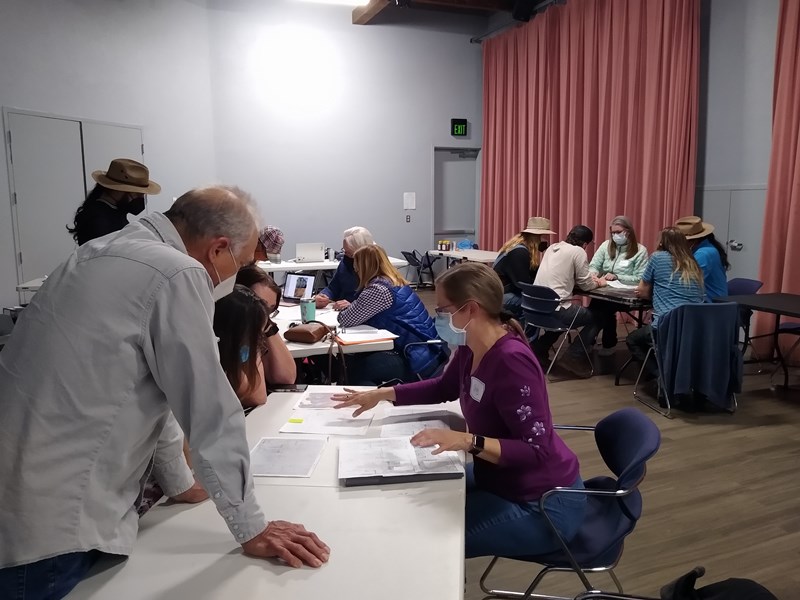
Participants gather in groups to offer feedback on the designs created by classmates in the DIY design class
The final in-person workshop was the most exciting of all because the workshop attendees shared their designs with each other, offered ideas, and each received feedback from various professional designers specifically brought in for the class. This was extremely inspiring because everyone had an idea that was unique and intriguing, meaning that with the same material, each DIY home design had a personal artistic element. The flip side was that the professional contractors, designers, and design-build teams each noticed something or had a vision that the DIY classmates had not considered. It’s a very short time to cover a large body of material. I was asked if I felt empowered by the class and, in some ways, I did feel more empowered. In others, I realized that old adage, “You don’t know all that you don’t know!”
One of the best takeaways of the class is that I do feel that I can understand the language of sustainable design and the concept of permaculture. In that way, I can communicate in a more meaningful way with a professional that would potentially collaborate on a project if I feel overwhelmed at the prospect of tackling such a project on my own. And that’s a great takeaway. In the inaugural DIY permaculture class, we were lucky that a volunteer garden installation was happening concurrently. Being able to participate in the install definitely highlighted the lessons of the workshops, heightened understanding, boosted confidence, and offered an opportunity to experience the community and camaraderie of sustainability and permaculture.

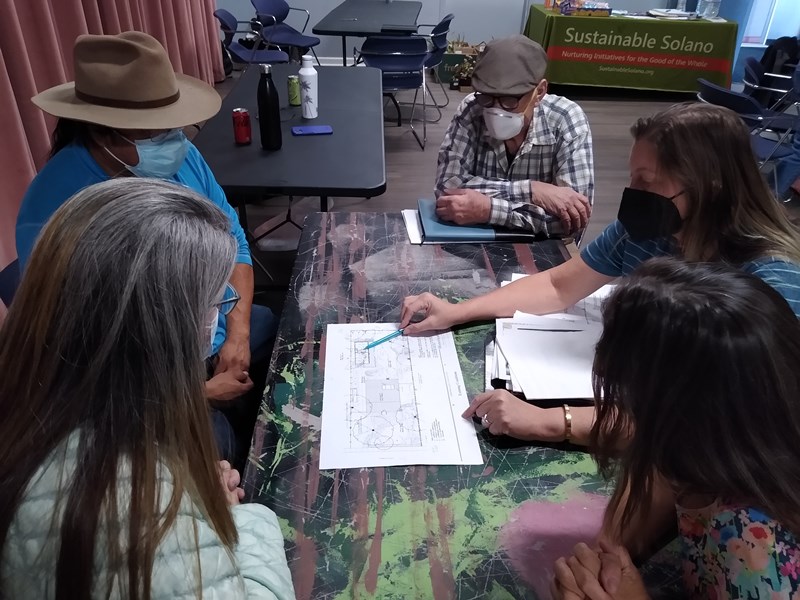
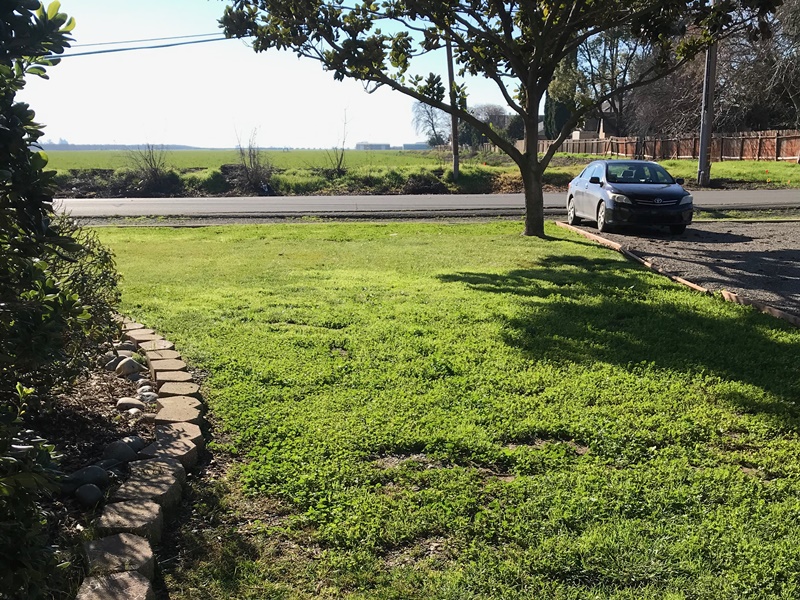
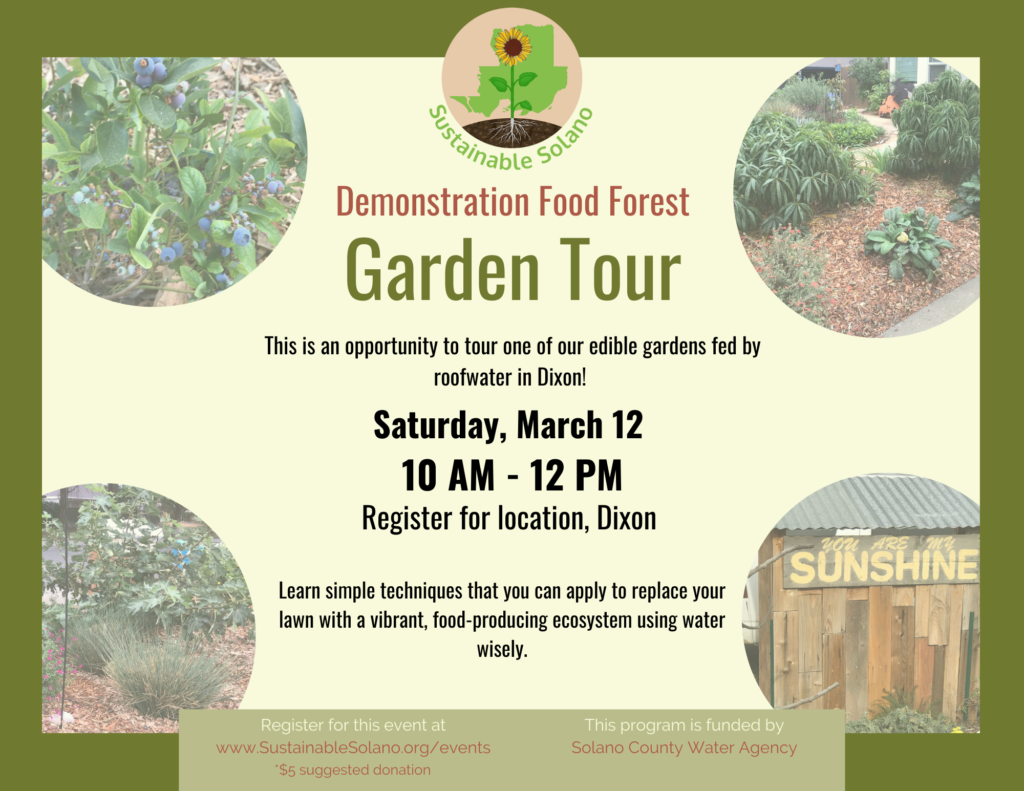
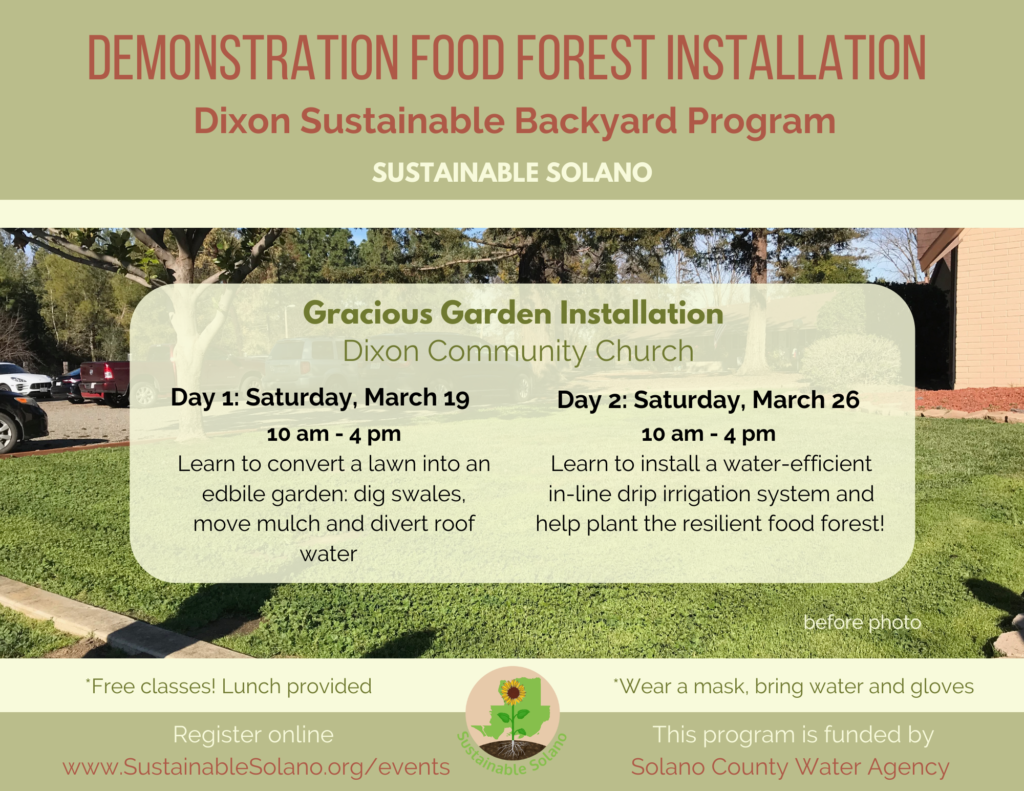


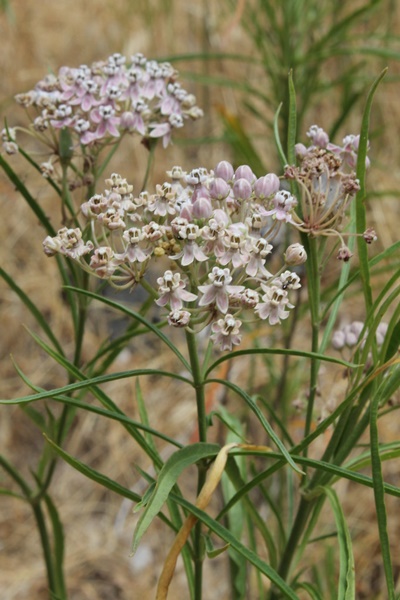

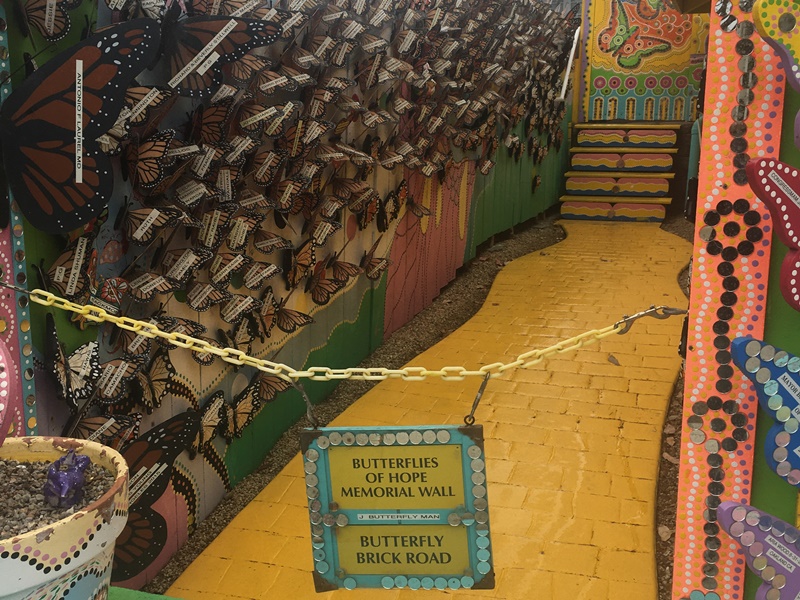
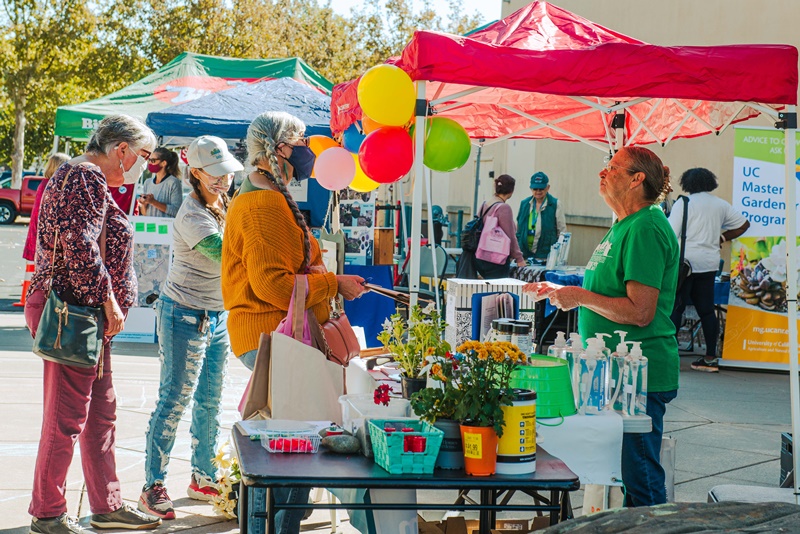
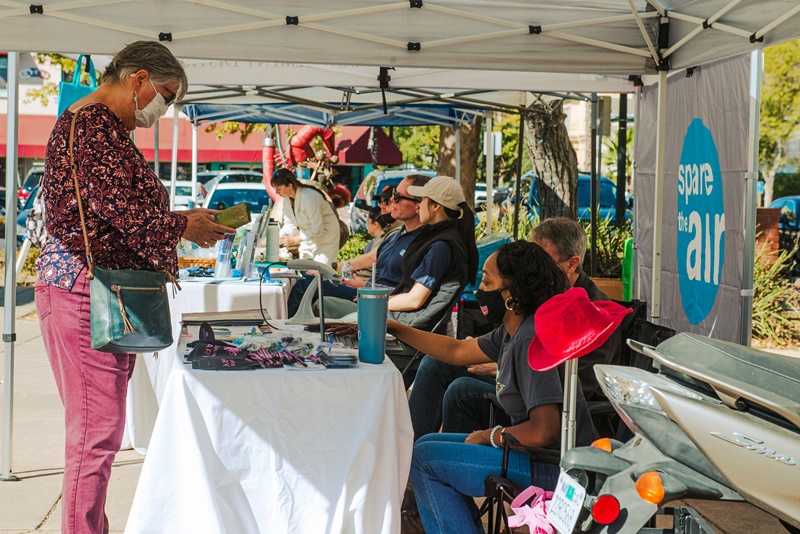
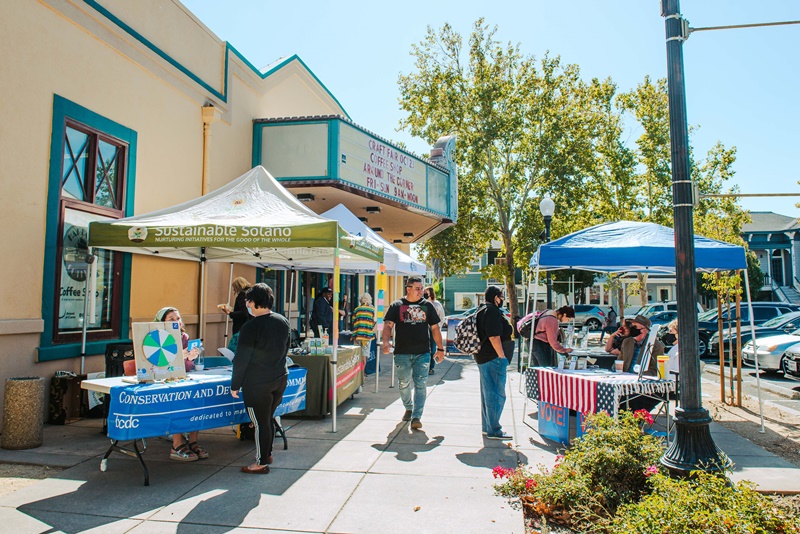

 Are there special worms to get? I heard there’s worm that are not earthworms.
Are there special worms to get? I heard there’s worm that are not earthworms. I have mushrooms growing on top of my compost pile
I have mushrooms growing on top of my compost pile